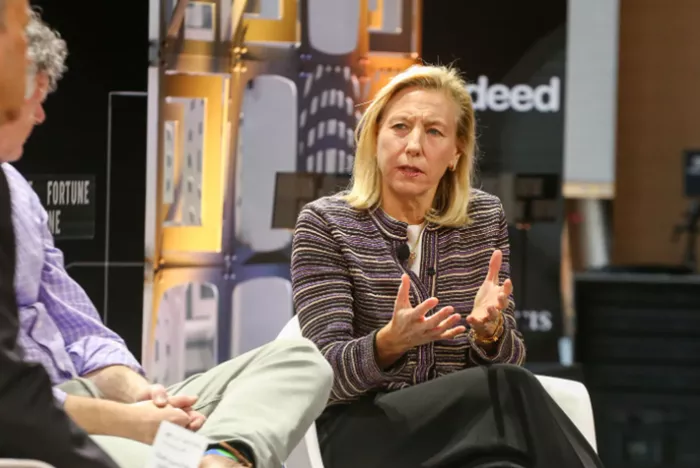The highly anticipated $8.5 billion merger between luxury brands Tapestry and Capri was officially canceled today, marking the end of what would have been the fashion industry’s largest deal since the mid-2000s.
The merger, first announced last year, aimed to bring several prominent brands under a single umbrella. Tapestry, the owner of Coach, Kate Spade, and Stuart Weitzman, sought to acquire Capri, which owns Michael Kors, Versace, and Jimmy Choo. The goal was to create a major American luxury group that could rival the French conglomerate LVMH, with a focus on “affordable luxury.”
However, the merger faced significant regulatory hurdles. In April, the Federal Trade Commission (FTC) filed to block the deal, arguing it would give Tapestry an unfair dominance in the “accessible luxury” handbag market. A federal judge’s ruling last month made the merger nearly impossible, leading to its collapse.
Diverging Paths for Tapestry and Capri
Despite the failed merger, the two companies are now charting very different courses. While Tapestry appears to be in strong financial shape, Capri is facing significant challenges. Analysts suggest that Capri’s management has been distracted by the prospect of the merger, which may have hindered its performance. Neil Saunders, managing director at GlobalData, criticized Capri’s management, noting that the company had “neglected its brands” under the assumption the merger would go through. “Capri now faces walking the long road to recovery alone,” Saunders wrote in a research note.
Why the Merger Made Sense—And Why It Didn’t
Both Tapestry and Capri had clear reasons for pursuing the merger. Tapestry, which derives 76% of its revenue from the mature Coach brand, hoped to tap into new growth opportunities. Capri, on the other hand, believed Tapestry’s strong marketing, data analytics, and real estate capabilities could revitalize its struggling brands, including Michael Kors, Versace, and Jimmy Choo.
Market reactions to the failed deal, however, have been different for the two companies. Capri’s stock has fallen nearly 80% over the past decade and dropped even further following the news of the merger’s cancellation. In contrast, Tapestry’s shares rose 9% on Thursday, with investors relieved the company had avoided inheriting the potential challenges of managing several struggling brands. “Tapestry would also have inherited a whole host of problems from multiple broken brands, and while it could likely fix these, it would have sapped a great deal of time and resource,” Saunders added.
Performance Outlook for Both Companies
Recent financial results highlight the contrasting fortunes of the two companies. Tapestry’s Coach brand, which underwent a successful turnaround in recent years, reported modest growth despite a slowdown in luxury spending. On the other hand, Capri’s most recent quarter showed significant declines for both Michael Kors and Versace, with sales dropping by double digits.
Tapestry CEO Joanne Crevoiserat spoke confidently about the
company’s future, emphasizing that Tapestry will focus on strengthening the brands it already owns. “Our focus is on the strength of our current brands and controlling the things we can control,” she said at the Fortune Global Forum. She added that Tapestry sees “incredible runway for our existing brands.”
Capri CEO John Idol, meanwhile, expressed confidence in the company’s long-term prospects, citing its strong retail network, robust digital platform, and extensive wholesale reach.
Looking Ahead
In the wake of the deal’s collapse, Wall Street is speculating that Tapestry may pursue smaller acquisitions, either from Capri or other sources, rather than a large-scale merger. Crevoiserat hinted at this strategy, stating, “This is a platform that we add brands to and deliver value for those brands.”
As both companies move forward independently, their paths appear to be diverging, with Tapestry doubling down on its existing brands and Capri facing the difficult task of reviving its struggling labels.
Related topics:
- Shriya Baru ’25 Celebrates Her Culture Through Indian-American Fashion Fusion
- Prep Makes a Bold Comeback at NYFW—But It Never Truly Left
- Philipp Plein Joins Miami Fashion Week’s Star-Studded November 2024 Lineup

